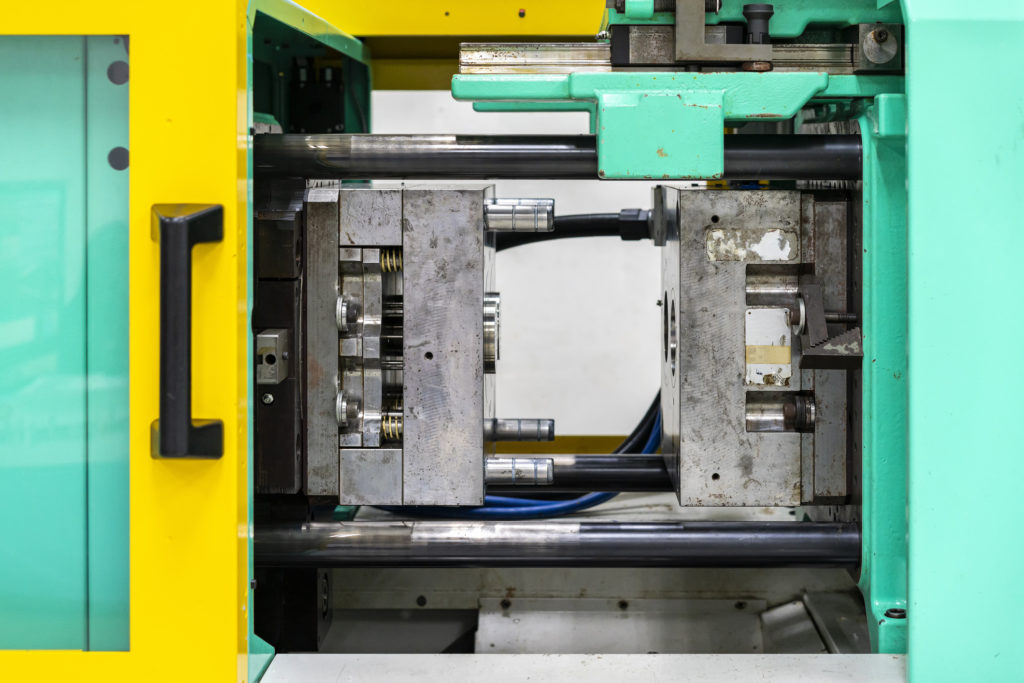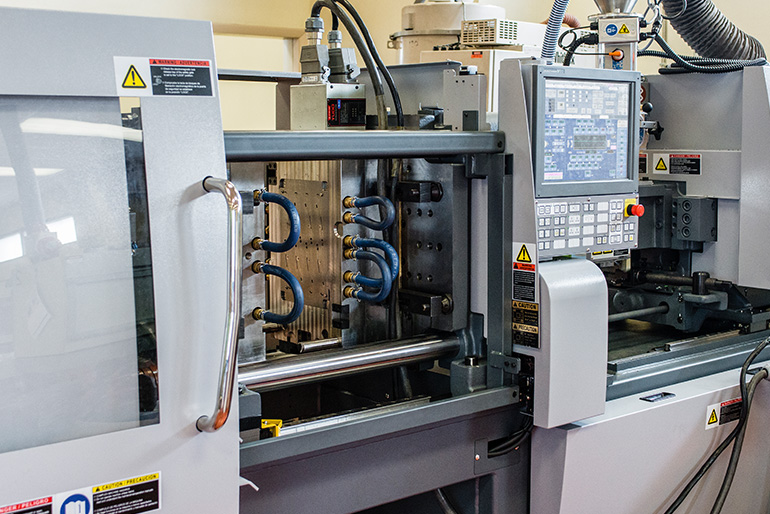Plastic Injection Molding: A Comprehensive Overview to Modern Manufacturing Techniques
Wiki Article
The Future of Plastic Injection Molding: Fads and Developments to See
As the plastic shot molding market develops, a number of essential fads are arising that assurance to improve its landscape. Automation and wise production strategies are established to improve efficiency, while the change towards sustainable products mirrors an expanding ecological awareness. Additionally, improvements in 3D printing are leading the method for unprecedented layout flexibility. Nevertheless, these advancements likewise come up with obstacles that require mindful consideration. Recognizing how these components will engage and influence future practices is critical for stakeholders seeking to navigate this transformative period successfully.Automation and Smart Production
As the plastic shot molding sector develops, automation and wise manufacturing are taking center stage, transforming production processes - Plastic Injection Molding. The combination of advanced technologies such as robotics, IoT (Web of Points), and expert system is making it possible for makers to boost performance, reduce functional prices, and improve product quality. Automated systems streamline operations, lessening hands-on treatment and enhancing throughput, which is important in satisfying the rising need for rapid manufacturing cyclesSmart producing technologies promote real-time surveillance and data analysis, enabling firms to maximize maker efficiency and forecast maintenance requirements. This aggressive method not just decreases downtime however additionally expands the life expectancy of tools. The usage of joint robotics, or cobots, improves the adaptability of manufacturing lines, making it possible for devices and employees to run side by side securely and effectively.
The adoption of automation in plastic shot molding is not just a fad however a strategic important for companies aiming to stay competitive in a global market. By taking advantage of these modern technologies, suppliers can achieve greater accuracy, lower waste, and adjust quickly to transforming client demands, placing themselves for sustainable growth in a progressively automatic future.
Lasting Products and Practices
The push in the direction of automation and clever production has paved the method for a better emphasis on sustainable products and practices within the plastic injection molding market. Firms are progressively seeking environmentally friendly choices to standard petroleum-based plastics, resulting in the adoption of recycled and bio-based products. These lasting materials not only reduce environmental influence yet likewise align with customer need for greener items.
Moreover, partnership in between manufacturers, product providers, and environmental companies is fostering advancement in the advancement of lasting materials that meet performance standards without compromising quality. As policies around plastic usage end up being more stringent, the market is positioned to adjust by welcoming these lasting strategies, making certain long-term viability and decreasing reliance on non-renewable resources. The combination of sustainability into plastic injection molding is not simply a trend; it is becoming an important element of company responsibility and operational quality.
Advancements in 3D Printing
Recent improvements in 3D printing innovation are substantially changing the landscape of plastic shot molding. The assimilation of additive manufacturing procedures enables the quick prototyping of complicated geometries that were when challenging or impossible to accomplish with standard methods - Plastic Injection Molding. This capacity not just increases product development cycles yet additionally lowers material waste, lining up with the growing need for sustainable production techniquesAdditionally, the development of hybrid production methods, which incorporate 3D printing and injection molding, provides makers the capability to produce intricate designs while keeping the performance of automation. This technique allows the manufacturing of customized parts customized to specific consumer demands without compromising the rate and scalability that shot molding gives.
Additionally, innovations in materials, such as high-performance polymers and composites specifically made for 3D printing, are enhancing the useful capacities of read more printed components. These materials can hold up against higher stress and anxiety and exhibit improved thermal residential or commercial properties, making them suitable for more requiring applications.
As 3D printing remains to develop, its integration right into plastic injection molding procedures guarantees to enhance performance, minimize prices, and foster technology in item design, placing makers to better meet the obstacles of a competitive market.
Information Analytics and IoT Integration
Data analytics and the combination of the Net of Points (IoT) are reinventing plastic shot molding by giving producers with extraordinary understandings into their procedures. By leveraging real-time information accumulated from interconnected devices and sensing units, manufacturers can keep an eye on performance metrics, recognize inadequacies, and enhance production processes. This data-driven strategy helps with anticipating upkeep, minimizing downtime and extending equipment life expectancy.Moreover, IoT integration permits Get the facts enhanced high quality control. By continually tracking variables such as pressure, temperature, and cycle times, suppliers can promptly detect inconsistencies from established parameters and make adjustments in actual time. This not only boosts item uniformity yet also decreases waste and scrap prices.
The fusion of data analytics and IoT innovations likewise empowers manufacturers to adopt even more agile production methods. With access to detailed information analytics, organizations can reply to market find this needs with greater adaptability, adjusting production routines and arrangements as needed. This flexibility is vital in a swiftly altering production landscape.

Customization and Design Adaptability
Just how can modification and layout versatility improve the competitiveness of plastic injection molding? In a significantly varied market, the ability to use tailored remedies is critical. Modification allows manufacturers to satisfy details client demands, fitting one-of-a-kind measurements, forms, and performances that basic products might not satisfy. This versatility not only promotes client loyalty however also opens avenues for brand-new service opportunities throughout different sectors, from vehicle to consumer items.Developments in style modern technologies, such as computer-aided design (CAD) and rapid prototyping, more strengthen this pattern. These tools make it possible for developers to develop intricate geometries and intricate patterns, which can be flawlessly integrated into the production procedure. As an outcome, manufacturers can react quickly to changing customer preferences and market demands.
Moreover, the application of modular tooling systems enhances design adaptability, enabling for quicker adjustments in between various product designs without extensive downtime. This flexibility can result in reduced preparations and lower manufacturing costs, making business a lot more competitive and agile. Inevitably, accepting customization and layout adaptability in plastic shot molding not only raises product offerings however also strengthens market positioning in an ever-evolving landscape.
Conclusion
The future of plastic injection molding is defined by significant advancements in automation, lasting practices, and ingenious products. Modification with modular tooling and quick prototyping will certainly enable manufacturers to continue to be competitive and receptive to the dynamic needs of the market.
The future of plastic shot molding is identified by significant developments in automation, lasting techniques, and innovative materials.
Report this wiki page